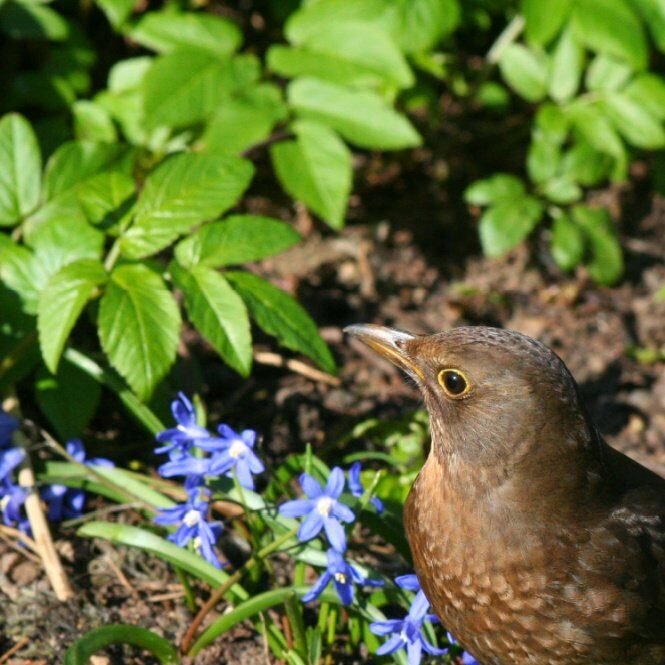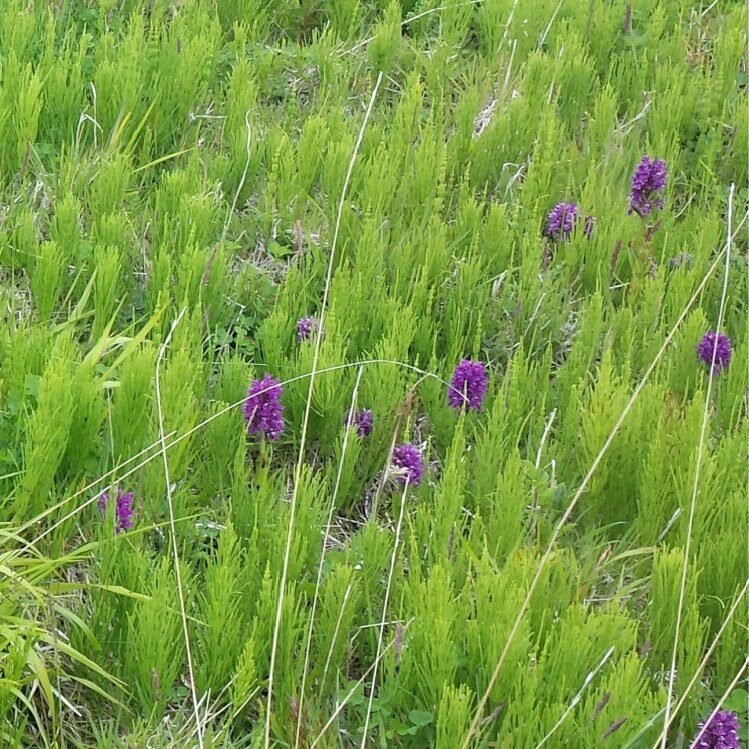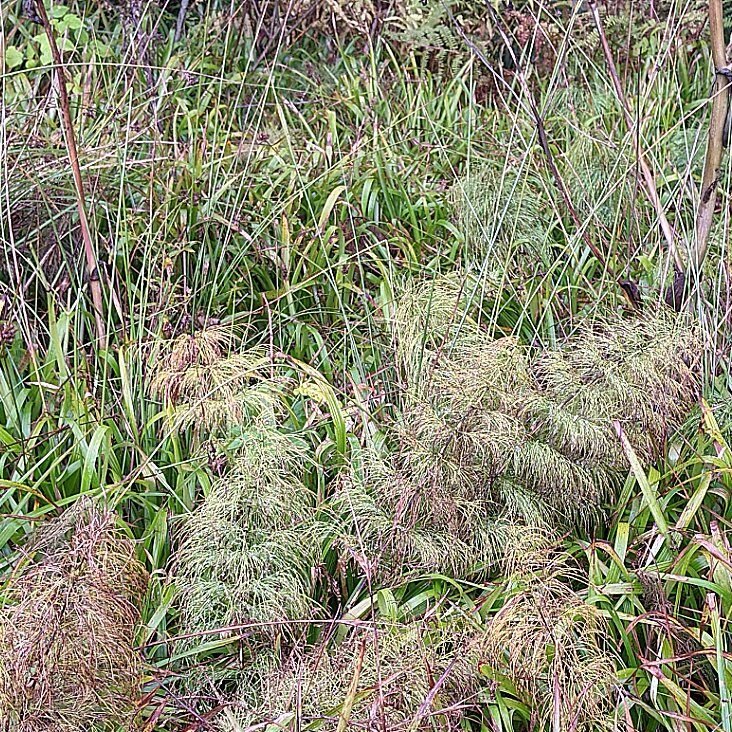The very worst weed of all?
I’m nominating horsetail as the worst weed in the garden. Mind you, some of us are troubled by docks, while others are plagued by dandelions – though it’s a shame about the gardener’s war on thrawn-rooted dandelions as they provide vital food for bees in early spring.
Anyway, some gardens have too much of their share of ground elder, with its wee white roots that are so difficult to see when you’re clearing ground. My dad always referred to it as bishopweed.

Ground elder – that’s bad enough
I am tempted to introduce a completely erroneous ‘folk etymology’ by suggesting that ‘elder’ and ‘bishop’ are connected. Depending on your religious persuasion, when you let one or the other of them in to your kirk, you can never get rid of them…Nah. That’s just a coincidence of names.
Besides, some sources say the name it bishopweed came about because, medicinally-speaking, the plant (whose Latin name is Aegopodium podagraria) was traditionally used as a medication for gout. Bishops got this ailment a lot, apparently. It was the rich feeding and drinking.
Then there’s coltsfoot…
Talking of things you can’t get rid of, long time ago in a new plot – while still a gardening novice – I once enjoyed the wee yellow spring flowers – like miniaturised dandelion heads – that turned out to be coltsfoot. It flowers before it produces leaves (like butterbur, for example).
As I didn’t know what it was back then, foolishly, I spared the coltsfoot in the bed for a season. Big mistake. I dug out coltsfoot roots, great brittle thongs, from that vegetable patch for years afterwards.
But the worst of all….
But my least favourite is horsetail, which some call mares tail and botanically speaking is Equisetum (which at least sounds like it has a horsey connection!) The plant prefers light and sandy soils.

Given a chance to establish, horsetail will form mats of thin black tangled spaghetti (or bootlaces if you prefer an alternative metaphor) below ground. Then it pokes up its unmistakable bottle-brush heads in all sorts of inappropriate places.
When I first encountered horsetail I had moved to a new place and spent a winter morning in the garden laying slabs below a tree. I’d never come across these frightful beasties before – gardening newbie, again – and thought the black bootlaces that I had revealed were just part of the tree roots.
So I wasn’t especially careful clearing them. I just levelled the area and put down a layer of sand to bed the slabs in. By midsummer, there was a linear thicket of horsetail all round each square slab.
At the very least I should have been using weed-proof membrane.
Pesky horsetails? Bash ’em down!
In general, if you slice them off, they come back twice as dense. Back then, not knowing any better, when I had them in one of my very first gardens, I confess I resorted to a variety of coorse chemical treatments, none terribly successful.
I was later given the advice that if you bash the horsetail about a bit then chemical treatments were more effective. This is not true in my experience. However, it does make you feel slightly better to give them a sound thrashing before you try to poison them.
I’m reluctant to assign malevolence to the horsetail tribe, but there is something impudent about them. I’ve seen them erupt through beautifully laid out rock gardens and weave their gallus way through carefully planned shrub borders. In lawns, frequent cutting makes them adopt the large flat doormat look.
And once, and only once – as mentioned on the ‘why do we garden’ page I recommended to a friend to pull every single head of horsetail out of his plot before he put his house on the market. Of course that was only a temporary fix in case it put a buyer off. (I still feel guilty about that.)

And they go down a long way…
So, what can you do about them? I’ll get to that in a minute. I have heard that horsetail can root down about seven or eight metres, say about 25ft.
Experimentally, I once traced a black root down at least a metre and a half before giving off and swearing at it – in the certain knowledge that it would be above ground again, twice as thickly as before.
For sure, they are also an ancient tribe, amongst the oldest type of plants on earth, sometimes described as a foodplant of the dinosaurs.
Frankly, as far as I am concerned, the dinosaurs didn’t eat enough of them. Because they are rich in silica, apparently they were used to polish furniture. I mean the horsetail, not the dinosaurs.
Back then, trauchled and disheartened by this stubborn weed, I once asked an old gardener the best way to dea with them. ‘Move’, was all he replied.
So, now you know, from this ancient enemy of the tidy gardener there may be no escape, unless you leave the problem to the next plot-owner.
Oh, and here’s another pest in the garden. This one has feathers.
